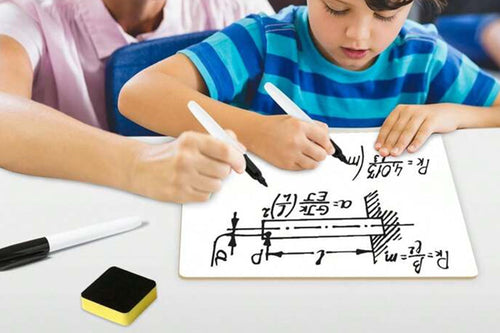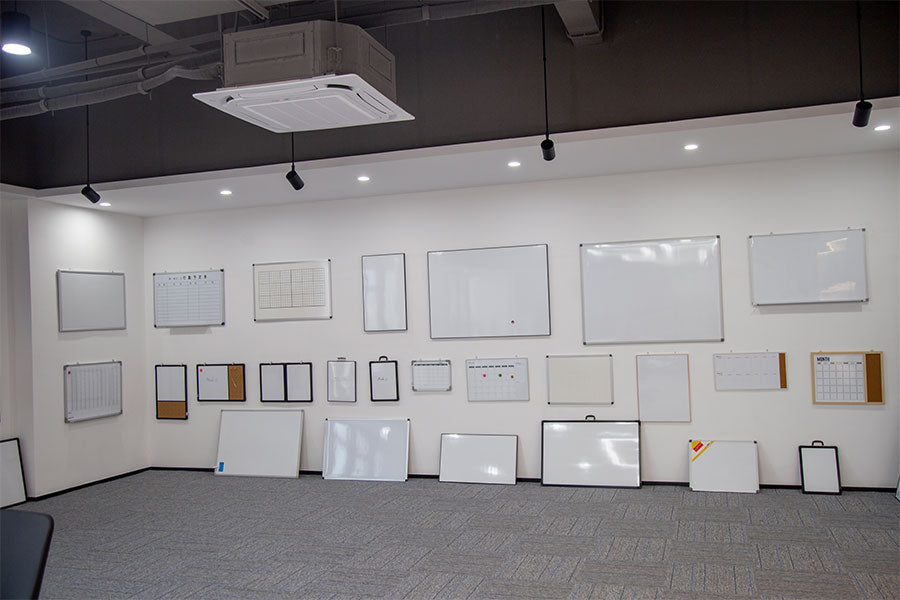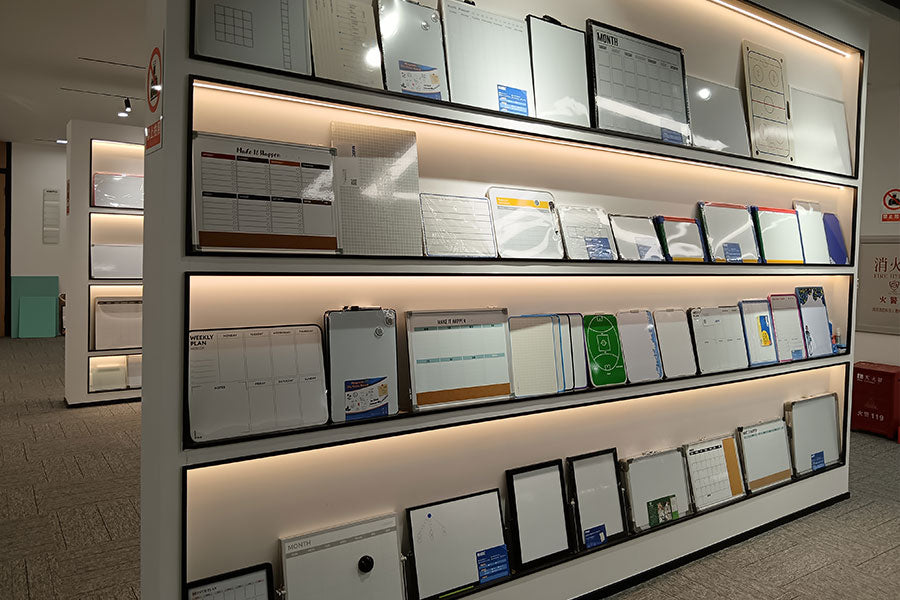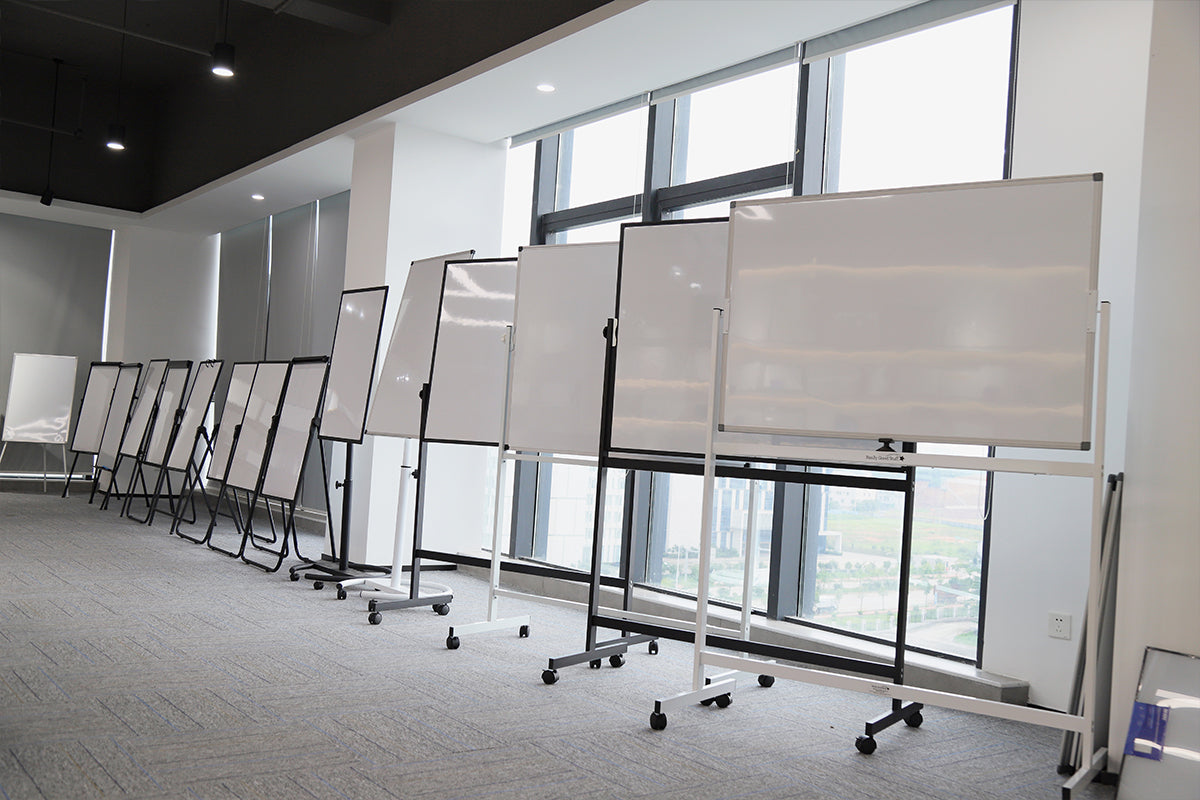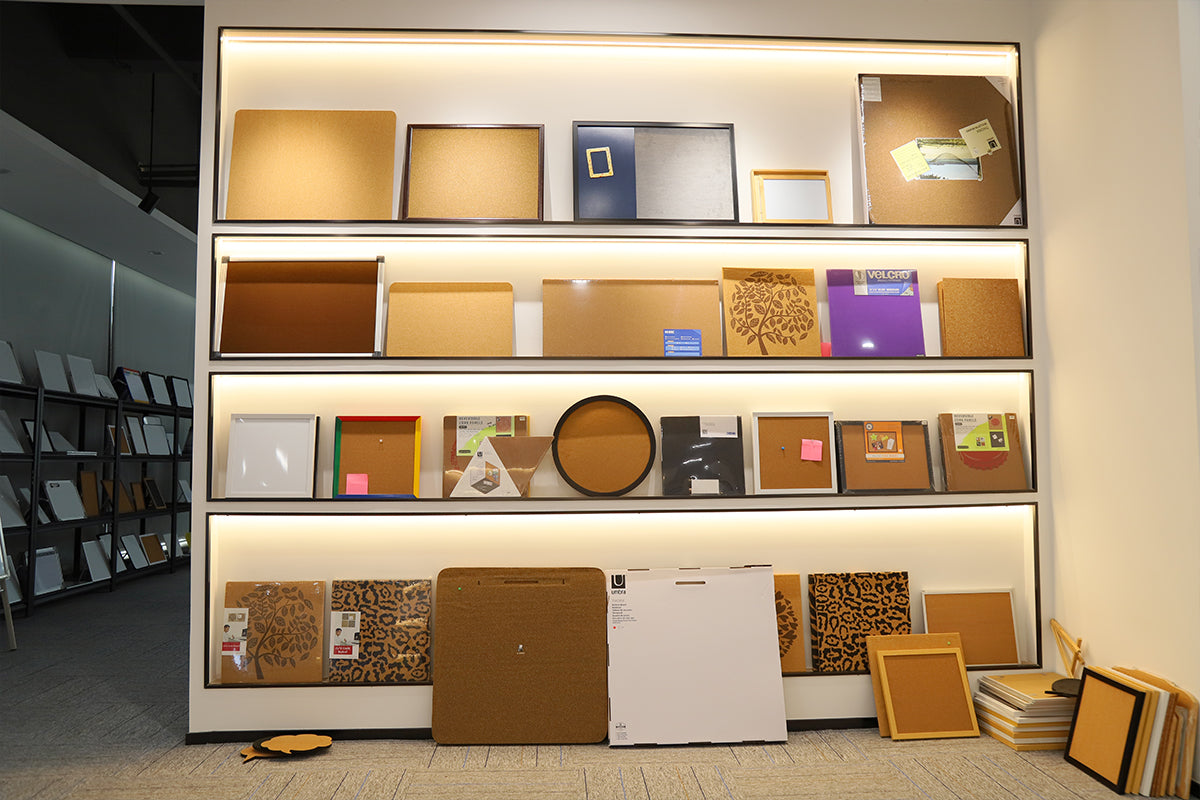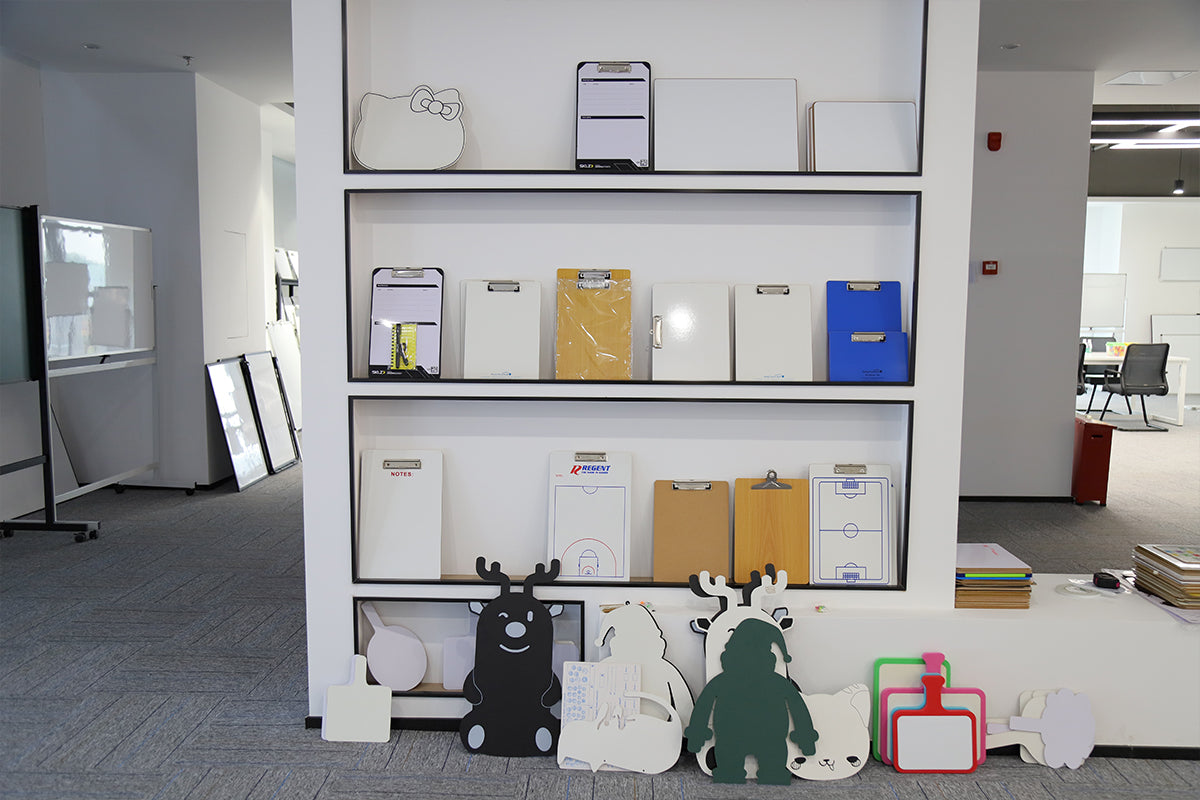The Evolution and Popularization of the Dry Erase Board: A Milestone in Writing Surfaces
The dry erase board, commonly referred to as a whiteboard, represents a significant advancement in writable surfaces. Its invention can be traced back to 1950 when it was patented by Reynolds International, a pioneering company in the field. The concept of creating a reusable writing surface emerged over many years, drawing inspiration from various materials and prior inventions. However, it was Dr. J. D. Smith, an innovative member of the Reynolds team, who developed the specific product that laid the foundation for what we now recognize as the modern dry erase board.

Before the advent of the dry erase board, writing surfaces were predominantly dominated by chalkboards, which were a familiar sight in classrooms around the world. Chalkboards were widely utilized for teaching and presentations, but they had limitations, including dust and difficulty in erasing. The introduction of the dry erase board provided a cleaner, more versatile alternative that quickly addressed these shortcomings and resonated with users.

By the 1960s, the dry erase board's popularity began to soar as its practicality became evident in both educational institutions and office environments. It offered an efficient way to communicate ideas, facilitate brainstorming sessions, and enhance collaborative efforts while ensuring minimal mess and ease of use. Over the decades, the dry erase board has established itself as an indispensable tool, evolving with various designs and technologies, yet remaining true to its fundamental purpose of providing a writable, erasable surface for everyone from educators to corporate professionals.


